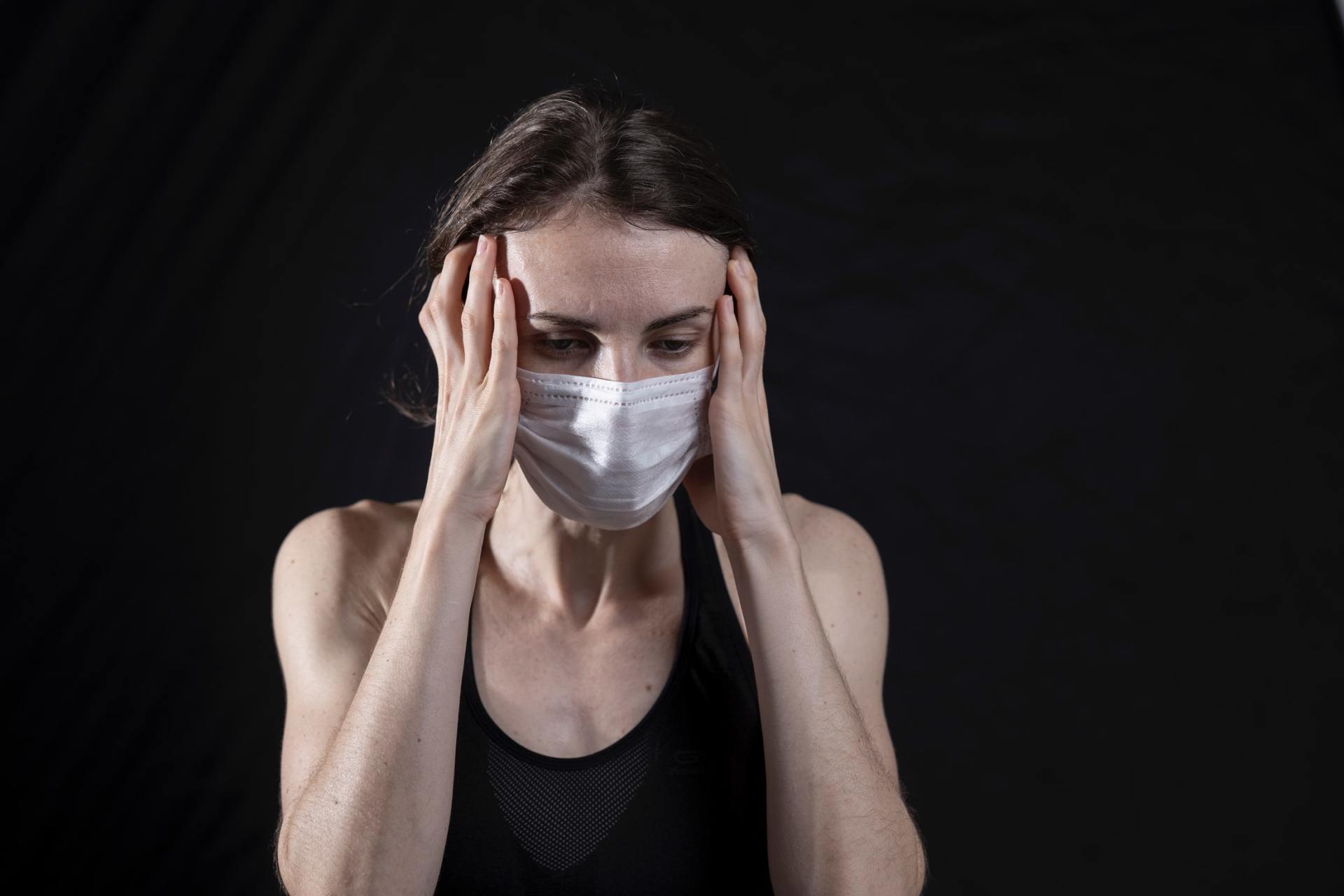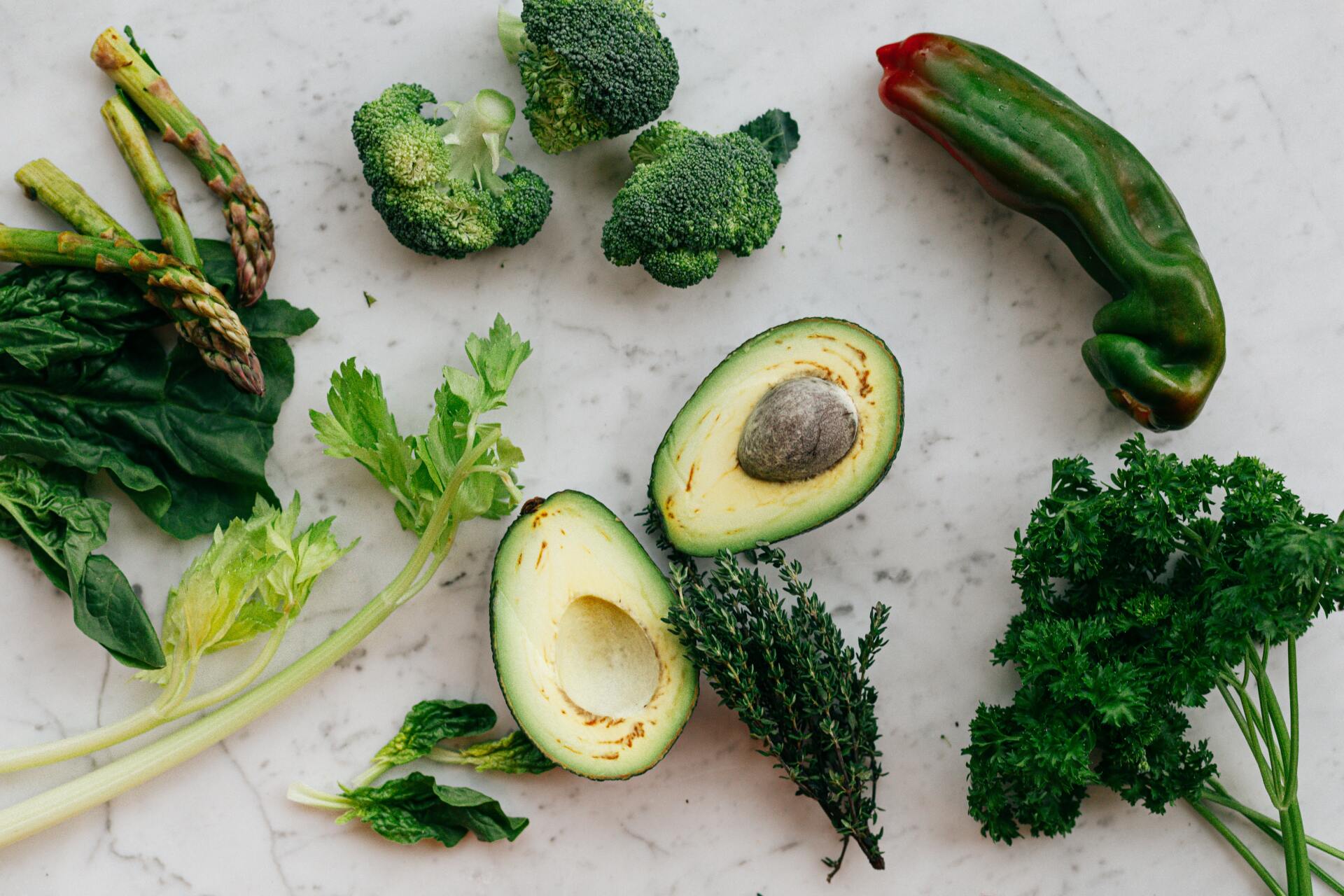The Power of Breath / Practice Now and Feel Better!
The act of breathing is the body's most vital and basic function, yet many of us pay little attention to our breath. We have never learned how to breathe correctly!
Learning to breathe properly can greatly improve your health and reduce the impact of stress on your body.
You've probably heard someone say to you when you are upset, "Take a deep breath." That is good advice! Our emotions are directly linked to our breathing. The next time you are upset or angry notice how you are breathing. You may not be breathing at all! If you take the time to learn Yogic Breath it can become a tool to reduce the impact of stress on your body.
When we breathe deeply, the impact of negative emotions on our bodies is greatly reduced. Also, every organ in our bodies needs oxygen to function properly. When we practice yogic or three-part breath, we oxygenate our blood so that the every organ in the body begins to function better. Deep breathing also calms the mind, which creates a sense of well-being and leads to vibrant health.
TRY THIS EXERCISE
Take a moment to close your eyes and notice how you are breathing. Yes, take a moment to do it now.
What did you notice? Is your breathing deep or shallow? What part of your torso are you breathing into? Does your belly move when you breathe? Does your rib cage expand?
Yogic Breath is sometimes called 3-part breath because we breathe into 3 areas of the torso to facilitate getting a complete breath.
Step One - Belly Breath
To begin, sit up straight and tall (sitting in a straight back chair with your feet firmly on the ground works well) and place your hand on your belly. Exhale fully while pulling your belly in to expel all of the stale air out of your lungs. Once all of the air is out, relax your belly. Notice how the belly automatically wants to expand as the air comes in. Let the belly blow up like a balloon as the air comes in. Continue breathing into the belly for a few more rounds. The belly goes in as the breath comes out, and the belly goes out as the breath comes in.
Step Two - Thoracic Breath
Now let go of the belly breath and place your hand on your rib cage, under your arm. As you exhale, allow the rib cage to contract. As you inhale, expand the rib cage. Let the breath be slow and full without any sense of straining. All the breathing should be through your nose. Try it a few more times.
Step Three - Upper Chest Breath
Let go of the thoracic breathing and place your hand on the soft area above your clavicle. As you breathe in, notice how the clavicle rises slightly. Allow it to rise without lifting your shoulders. As you breathe out the clavicle falls. It should feel like the air is coming down to an area just above the breasts. Try it for a few more rounds. Remember to breathe slowly. If you feel light headed or dizzy, increase your exhalation and decrease your inhalation.
Step Four - Combine Three Areas into One Long Breath
Place one hand on your belly and the other on your rib cage, under your arm. Sit up nice and straight and relax your face and jaw. Take a couple of relaxed breaths. Now exhale fully, pulling the belly in as you exhale. When you cannot exhale any further, relax the belly and allow the air to fill your belly. The belly will blow up like a balloon. Once the belly is full, allow the air to begin to expand the rib cage. When this area is full, continue breathing in and let the upper chest fill, the clavicle will rise slightly. As you exhale, it is just the opposite. The air goes out of your upper chest, then middle, then lower.
It may be helpful to image a glass of water. When the water is poured into the glass, it fills the bottom then middle and then top. When you pour it out, it goes out of the top, then middle, then bottom. The breath is the same.
Learning to breathe properly is a little bit like learning to play an instrument. It takes time and practice to perfect it. It's best to start slowly and attend to the details until you can feel each area filling during a single breath. Over time it will become easier. If the diaphragm and other muscles used in breathing have not been used in a long time, they may need to build up strength and flexibility gradually. I suggest practicing Yogic Breath first thing in the morning before you get out of bed. Take the pillow out from under your head and time yourself. Five minutes a day of yogic breath will have a dramatic impact on your health and sense of well being.










